Puerta de la Independencia (Dongnimmun) (독립문)
17.2Km 2022-12-15
Tongil-ro 251, Seodaemun-gu, Seúl.
Dongnimmun se halla en un lugar conocido originalmente como Yeongeun, en donde otrora se trataba a los enviados oficiales. Cuando un enviado chino hacía una visita, el rey salía a través de esta puerta para recibirle. Fue construida en 1897, para anunciar la independencia de China, quien había influido en Corea durante mucho tiempo, y de Japón y Rusia, quienes acechaban al país.
Las expensas de la construcción fueron recaudadas como contribución por los ciudadanos coreanos. Los vestigios del pasado todavía permanecen en Dongnimmun. Los dos pilares enfrente de Dongnimmun son los restos de Yeongeunmun.
Si comparamos Dongnimmun, puede evocarnos al Arco del Triunfo de Francia, ya que este último se tomó como modelo para su construcción. Dongnimmun fue edificada con un muro de granito, y hay un pasillo con una altura de 14,28 metros. En lo alto está escrito “Dongnimmun” en coreano, con la bandera nacional dibujada a cada lado. En el lado interior izquierdo hay escaleras de piedra que conducen al ático. La flor nacional, mugunghwa, está plantada alrededor de Dongnimmun. Ahora está rodeada por carreteras y es llamativa a la vista cuando se pasa por allí.
Parque Provincial del Monte Surisan (수리산도립공원)
17.2Km 2024-12-23
Sokdal-ro 347-4, Gunpo-si, Gyeonggi-do.
+82-31-808-8265
El monte Surisan fue designado como Parque Provincial de Gyeonggi-do, se encuentra rodeando la ciudad de Gunpo, y además, es de fácil acceso desde cualquiera de las áreas cercanas a Seúl. Presenta un paisaje natural muy bello, formado por árboles de entre 100 a 300 años de edad. Por la cantidad de flores, mariposas, etc., entre otro tipo de especies de la flora y fauna que hoy en día están en peligro de extinción, es un espacio natural y ecológico de gran importancia. Entre los paisajes naturales de alto valor están: la cresta Bakjwineungseon (picos Taeeulbong y Seulgibong), el templo Surisa y la cuesta Baramgogae del barrio Sokdal-dong.
AK Plaza Hongdae (AK Plaza 홍대)
17.2Km 2025-06-18
Yanghwa-ro 188, Mapo-gu, Seúl
NUHADANG [Korea Quality] / 누하당 [한국관광 품질인증]
17.2Km 2020-09-10
49-7, Pirundae-ro, Jongno-gu, Seoul
010-9692-1330
Guesthouse Nuha is a ‘hanok’ or traditional Korean house consisting of four guestrooms located in Nuha-dong, Seochon (west of Gyeongbokgung Palace, Jongno, Seoul) where many Confucian scholars and artists lived during the Joseon Dynasty.
Exuding a refined atmosphere, Guesthouse Nuha is very popular among not only domestic visitors but also foreign tourists who want to experience the flavor of Korea in a cozy hanok. All four guestrooms (An-bang, Sarang-bang, Geul-bang, and Byeol-dang) are covered with eco-friendly hanji (traditional Korean paper handmade from mulberry tree) wallpaper, and are equipped with a thick cotton-wool comforter and pillows imbued with the scent of Hinoki cypress tree to help guests relieve their fatigue.
Breakfast is served free of charge. Guests can also experience traditional Korean culture here, such as playing a Korean musical instrument (janggu or double-headed drum), playing a game of yut in the yard, or wearing hanbok (traditional Korean clothes). Although a local bus service passes through the village, it is highly recommended to take a quiet leisurely around the area.
Ca'del Lupo (까델루뽀)
17.2Km 2020-04-27
5-5, Jahamun-ro 16-gil, Jongno-gu, Seoul
+82-2-734-5233
Ca'del Lupo is an Italian restaurant, closely located to Paris Baguette in Hyoja-dong, Jongno-gu near Gyeongbokgung Palace Station. Though the restaurnat masters delicious homemade Italian cuisine on the inside, the exterior is wholly Korean. This unique combination of Hanok (traditional Korean house) style housing and Western foods is drawing a lot of people to Hyoja-dong. The great mix of both cultures can be seen in the sophisticated decorations and from the amazing food. The herbs they use are picked directly from the restaurant's personal garden. But to enjoy the atmosphere here, you will have to make a reservation far in advance.
Rail Park de Uiwang (의왕레일파크)
17.2Km 2023-09-11
Wangsongmokdong-ro 209, Uiwang-si, Gyeonggi-do
Haeunjae [Korea Quality] / 하은재 [한국관광 품질인증/Korea Quality]
17.2Km 2025-01-02
68-10, Jahamun-ro, Jongno-gu, Seoul
Haeunjae (下隱齋), meaning “hermit’s residence,” is a hanok (traditional Korean house) residence located in Seochon Hanok Village, near Gyeongbokgung Station on Seoul Subway Line 3. It is dedicated to the ideal of “movies and rest,” and takes after the characteristic form of modern hanok with a small courtyard. The entire house is rented out at once, with a queen bedroom, kitchen, movie room, and two restrooms. Up to 4 guests can reserve the house, with each additional guest above the standard of 2 having access to additional bedding.
The movie room is furnished with a Bose sound system, beam projector, and screen, along with a mobile foot bath. The kitchen is equipped with a refrigerator, hand drip coffee maker, toaster, electric kettle, and utensils. A 10% discount is available for guests staying for more than 2 nights on weekdays, and towel replacement and cleaning services are offered for guests staying for more than 3 nights.
The residence is located close to tourist sites like Tongin Market, Gyeongbokgung and Changdeokgung Palaces, and Samcheong-dong area.
Sarangchae de Cheong Wa Dae (청와대사랑채)
17.2Km 2025-04-18
Hyoja-ro 13-gil 45, Jongno-gu, Seúl
Sarangchae de Cheong Wa Dae es un espacio donde los visitantes pueden aprender sobre cultura coreana y la historia de los presidentes de Corea. Los visitantes pueden también conocer algunas anécdotas e historias relacionadas con Cheong Wa Dae y sentir el encanto de hacer turismo en Corea.
Baengnyeon Tojong Samgyetang (백년토종삼계탕)
17.2Km 2021-03-19
118, Yanghwa-ro, Mapo-gu, Seoul
+82-2-325-3399
This Korean cuisine is located near Hongik Univ. Station, Seoul. The favorite store of office workers. The representative menu is ginseng local Korean chicken soup.
Yeonmudae (연무대)
17.2Km 2021-04-05
Changnyong-daero 103-beongil 20, Paldal-gu, Suwon-si, Gyeonggi-do.
Se encuentra localizado hacia el nordeste de la Fortaleza Hwaseong (designada Patrimonio Cultural de la Humanidad por la Unesco), y antiguamente ha sido un campo de entrenamiento militar por su ambiente estratégico y abierto, desde donde se puede observar todo el interior de la fortaleza. Por ser un espacio enorme, actualmente es utilizado como el área de tiro con arco y los turistas tienen la oportunidad de experimentar el arte marcial tradicional gukgung.

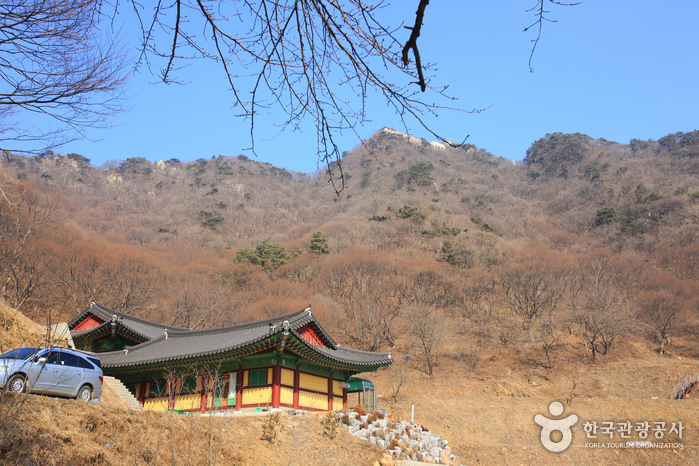
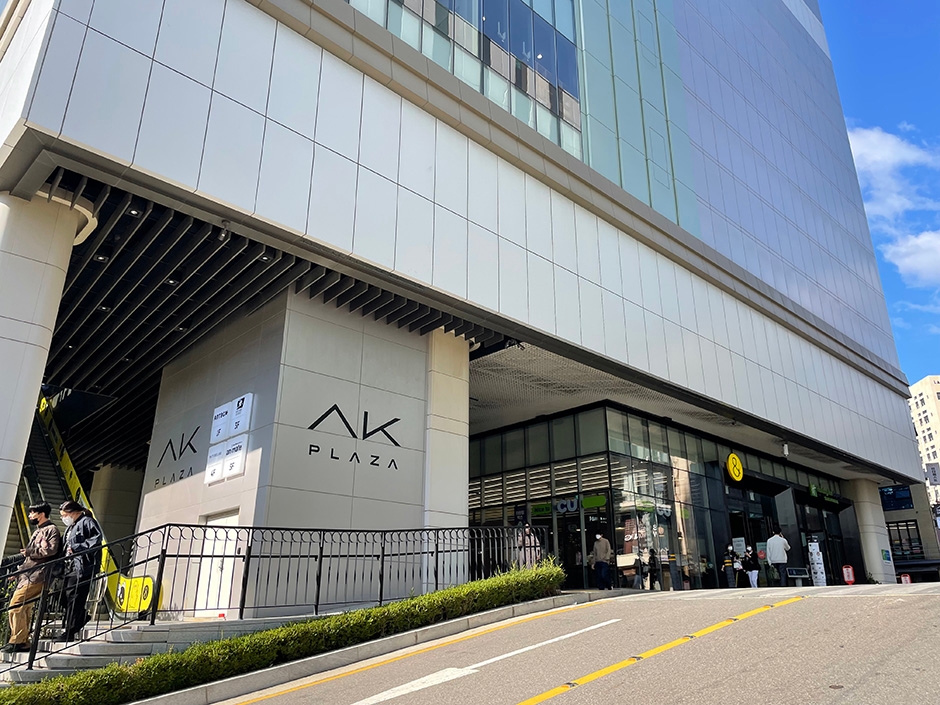
![NUHADANG [Korea Quality] / 누하당 [한국관광 품질인증]](http://tong.visitkorea.or.kr/cms/resource/58/2532358_image2_1.jpg)
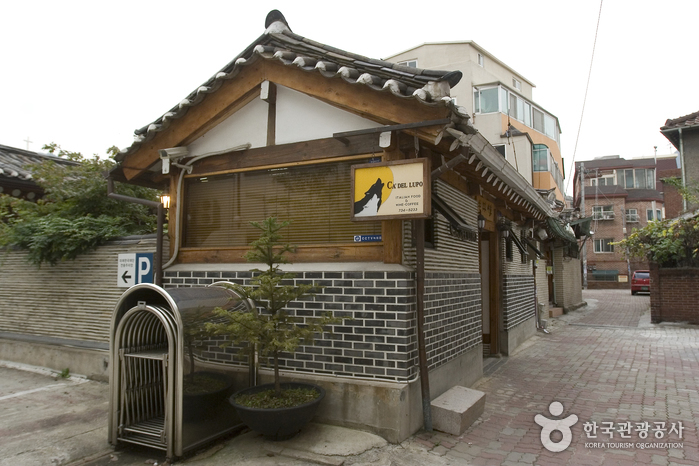
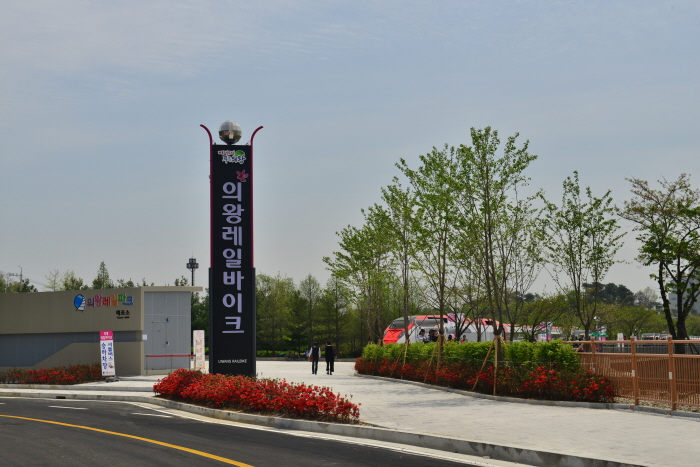
![Haeunjae [Korea Quality] / 하은재 [한국관광 품질인증/Korea Quality]](http://tong.visitkorea.or.kr/cms/resource/88/2707588_image2_1.jpg)

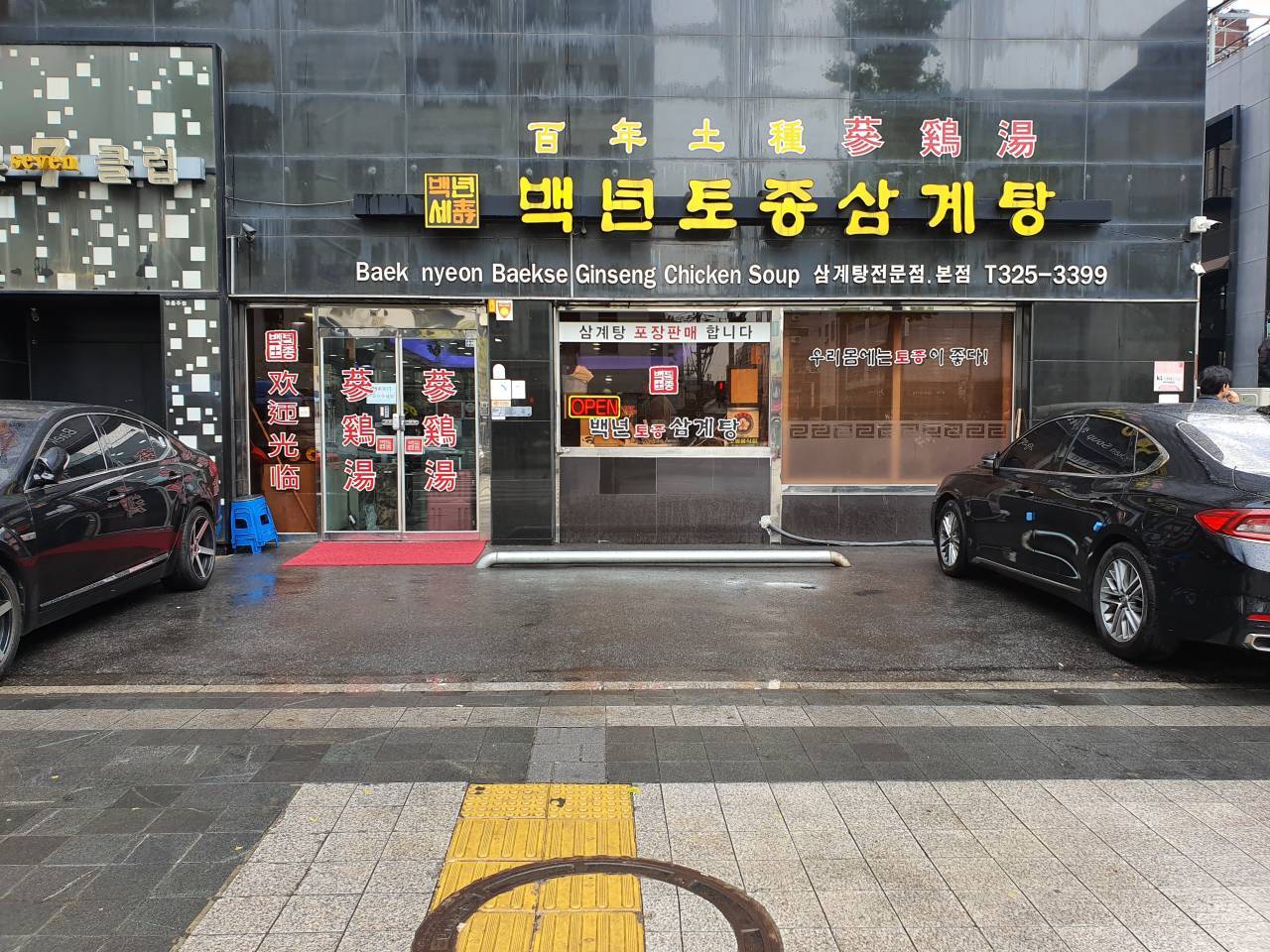
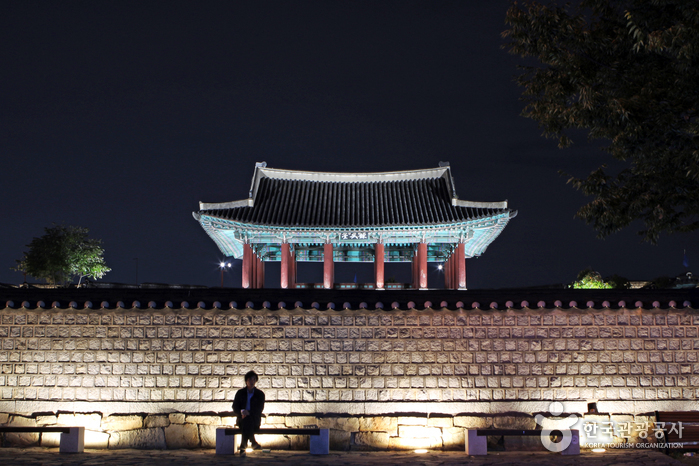
 Español
Español
 한국어
한국어 English
English 日本語
日本語 中文(简体)
中文(简体) Deutsch
Deutsch Français
Français Русский
Русский